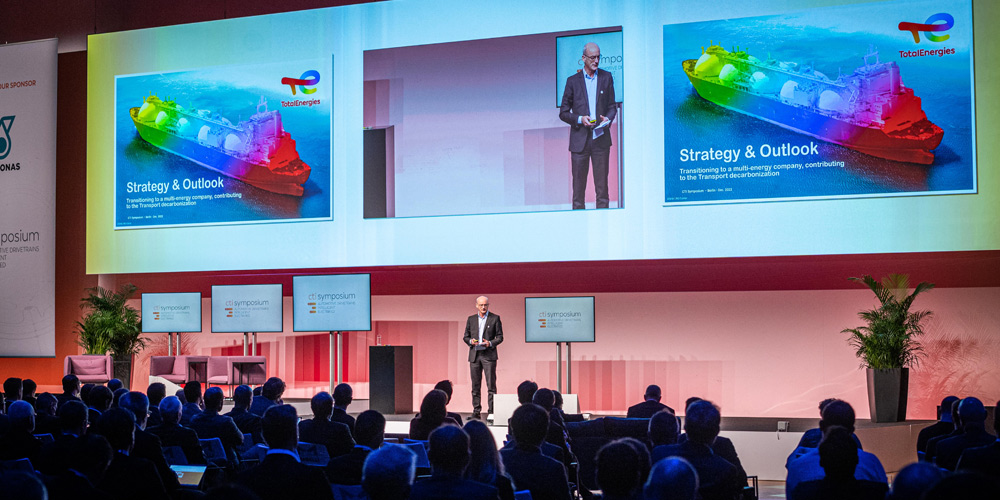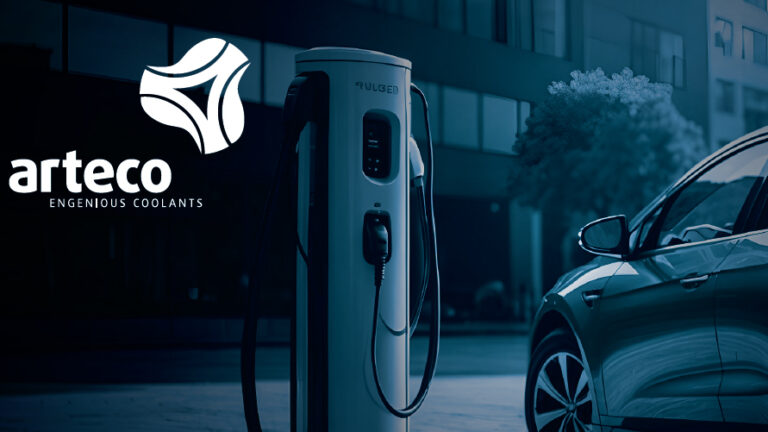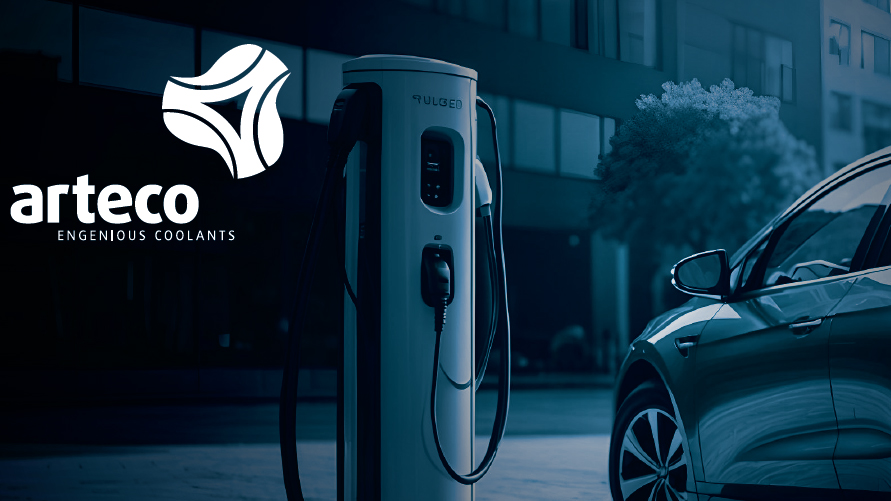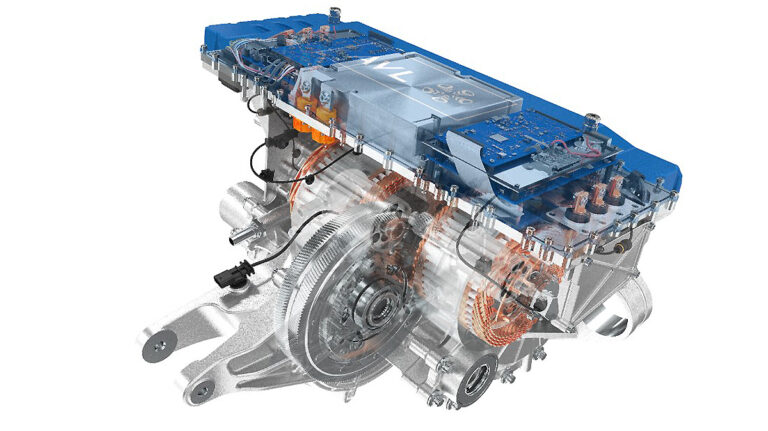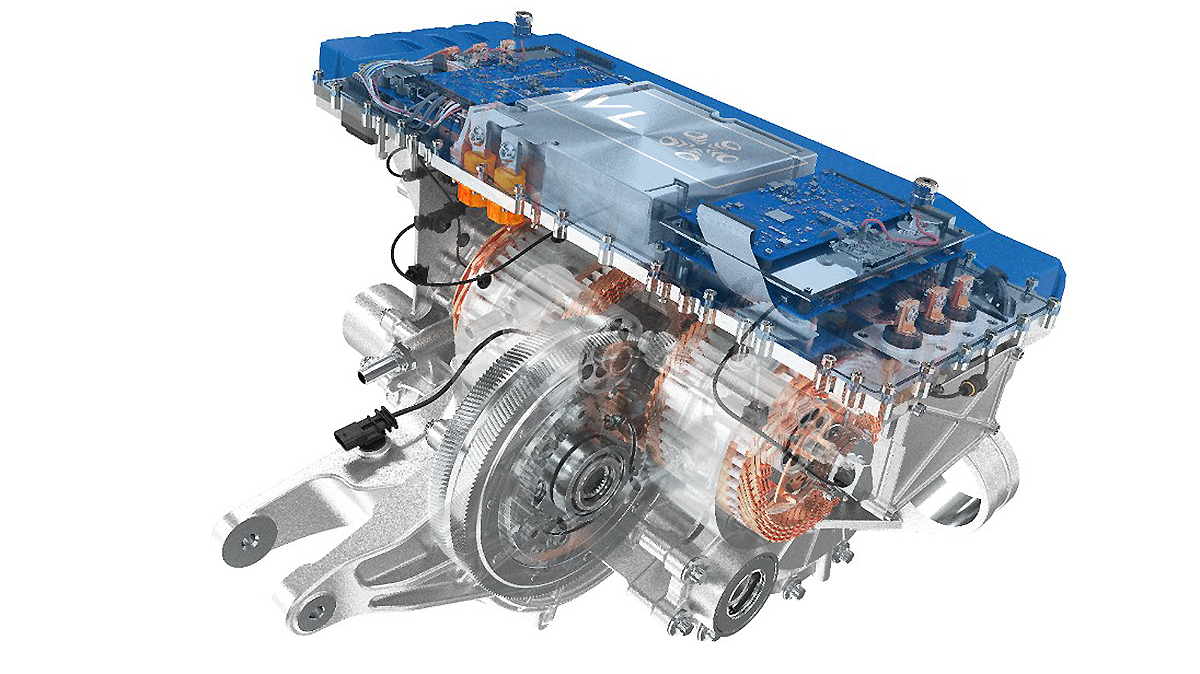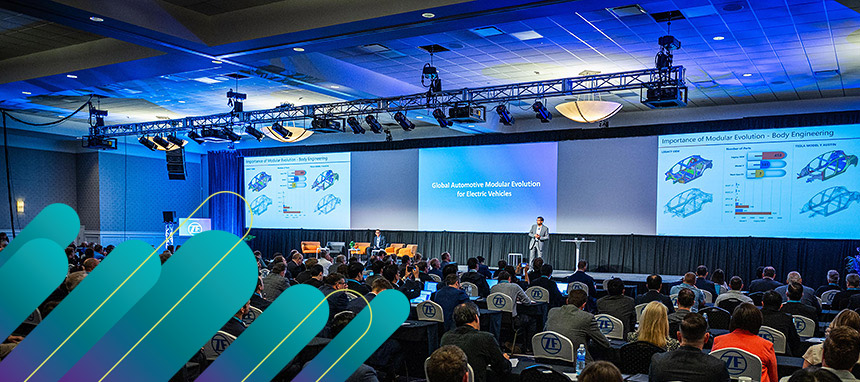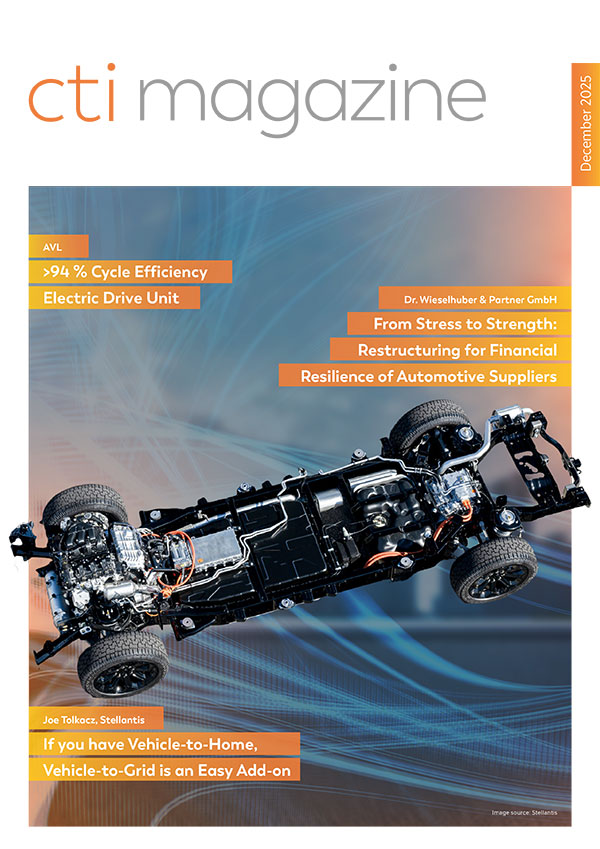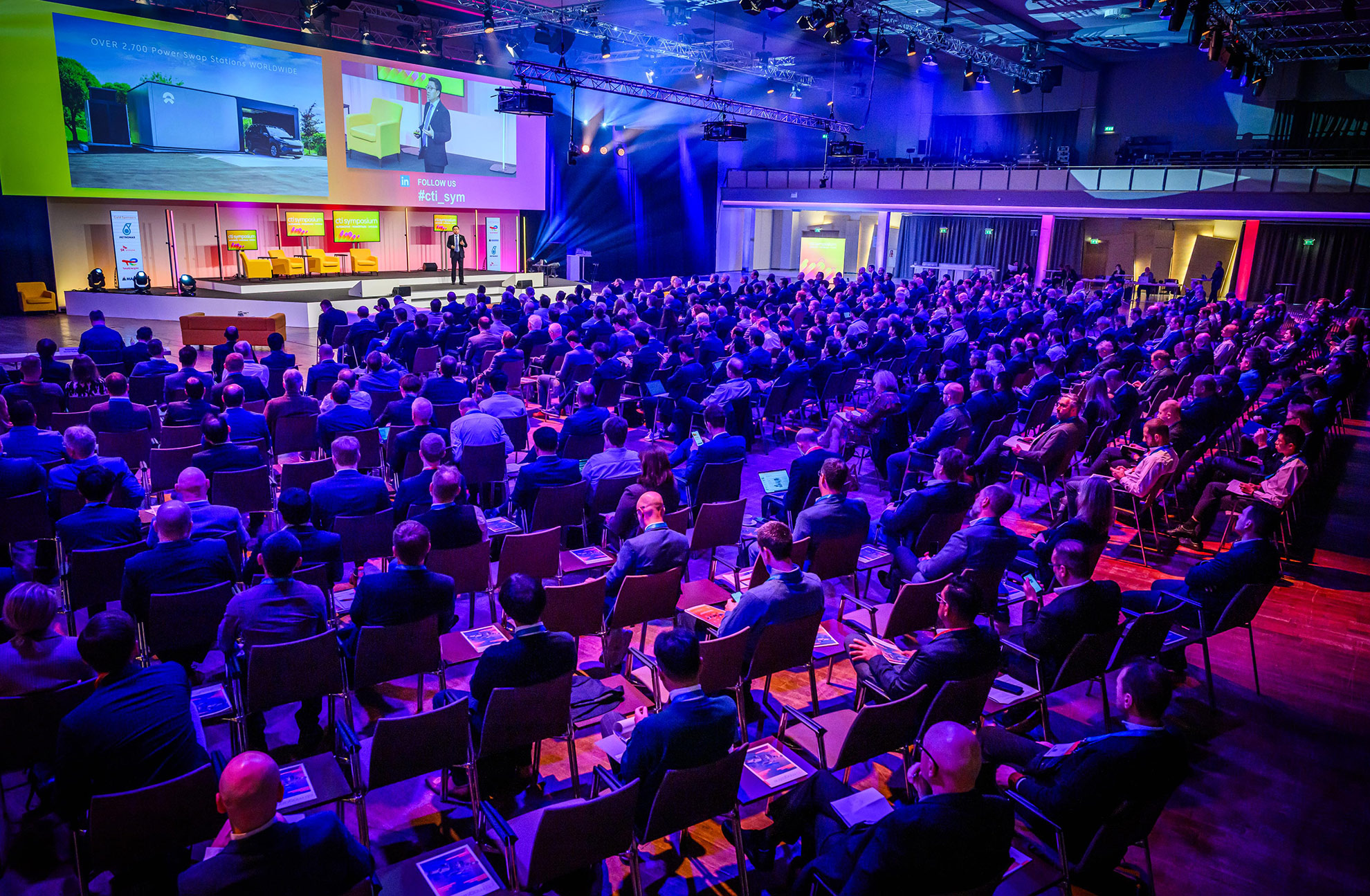

DRIVING TOMORROW −
POWERTRAIN & MOBILITY REDEFINED
International Congress and Expo | 8 – 9 December 2026, Estrel Hotel, Berlin & Digital
An event by
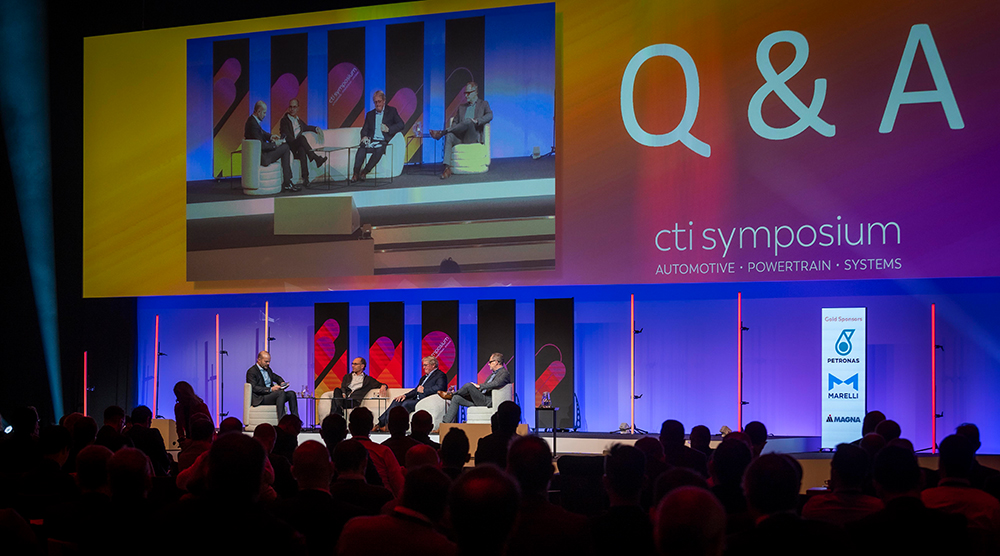
THE PREMIER INTERNATIONAL EVENT FOR THE FUTURE OF DRIVETRAINS AND MOBILITY
Decarbonisation, electrification, and digitalisation are transforming the mobility industry. But it’s not just technology that’s driving change – regulatory uncertainty, shifting policy frameworks, and geopolitical dynamics are redefining how we innovate, invest, and collaborate. Navigating this transformation requires open dialogue, cross-sector collaboration, and cutting-edge engineering. At the CTI Symposium Berlin, over 650 top-level experts and decision-makers from OEMs, Tier 1 suppliers, technology companies, research institutions, and government bodies come together to explore the latest developments in electrified drivetrains, hybrid solutions, energy systems, software integration, and mobility strategies.
Speakers 2025

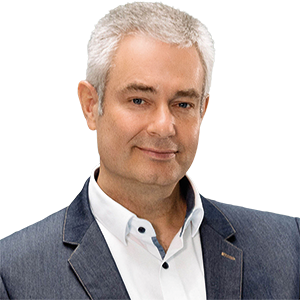



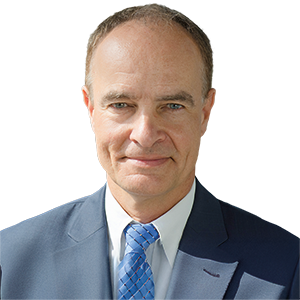
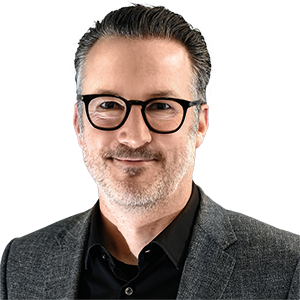

14 DEEP DIVE SESSIONS
80+ EXPERT LECTURES
25h CONTENT & NETWORKING
70+ EXHIBITORS
650+ INDUSTRY REPRESENTATIVES
START-UP AREA
EXPO STAGE
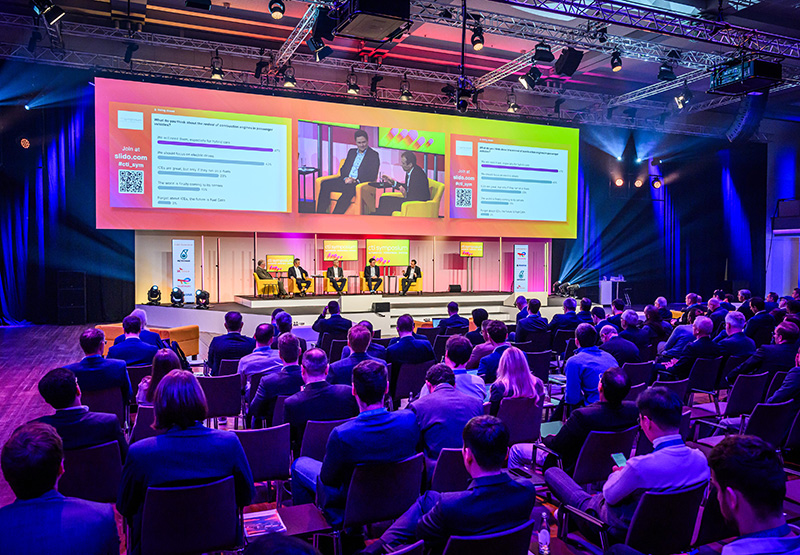
WHY CTI SYMPOSIUM BERLIN?
The CTI Symposium is neutral, international, and insight-driven. It is not guided by any corporate or political agenda – but by the shared commitment to innovation, technical excellence, and open exchange across the global powertrain community. This is where strategy meets technology, and where today’s challenges turn into tomorrow’s solutions. Be part of the dialogue. Make connections. Lead the change.
Impressions 2025
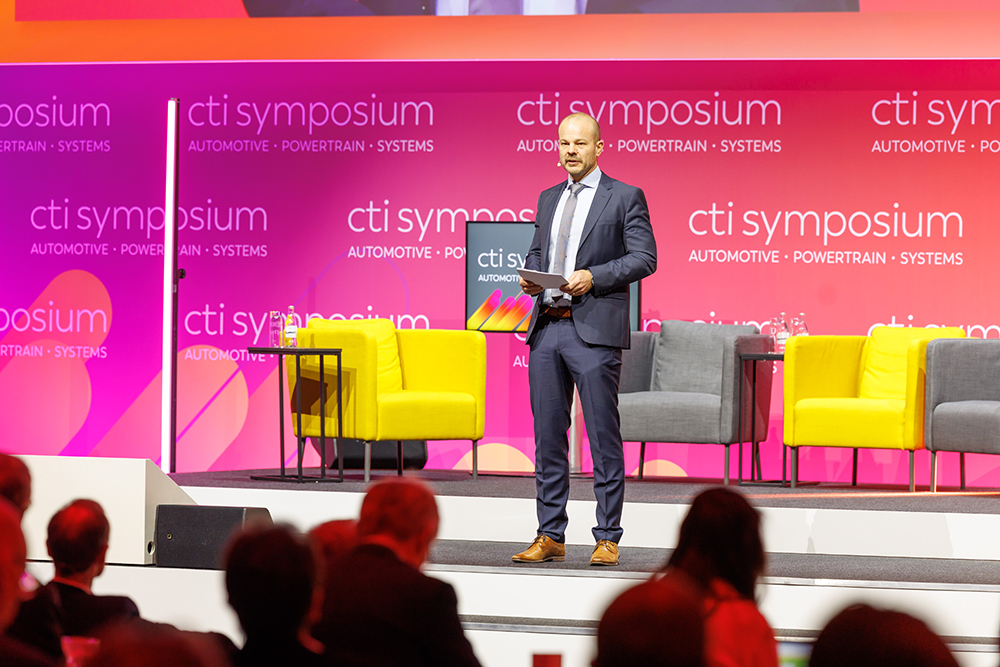
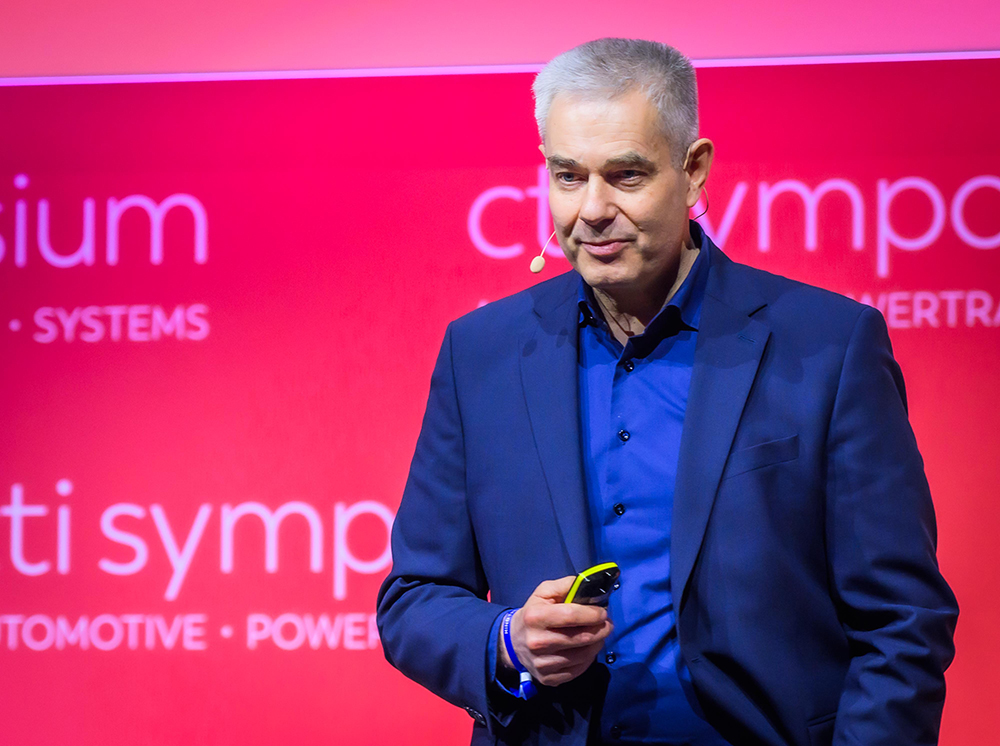
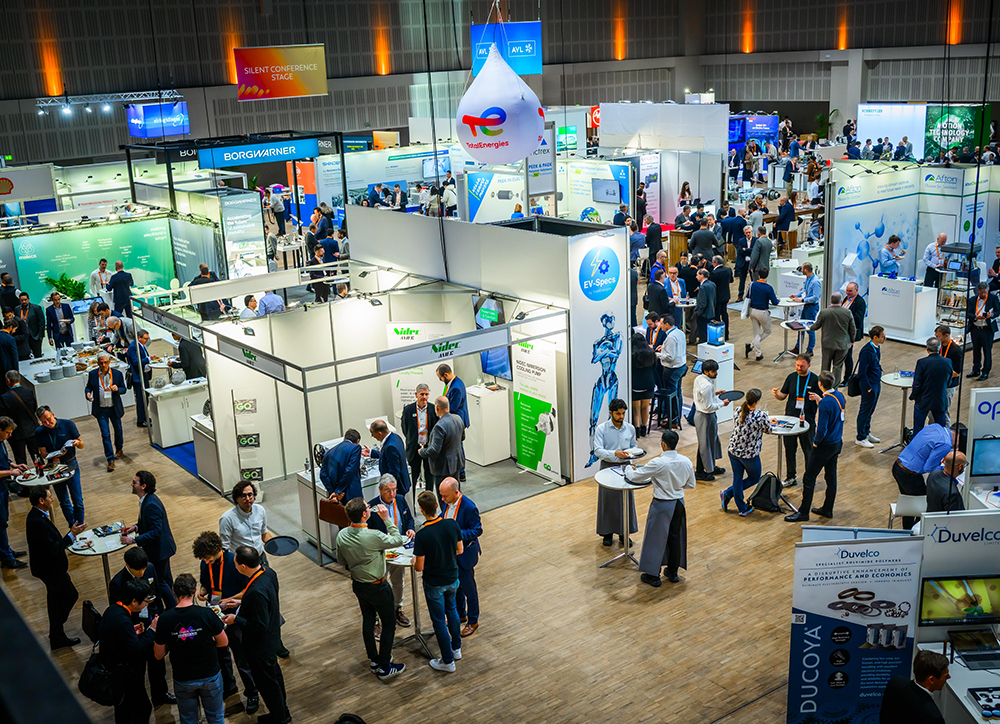
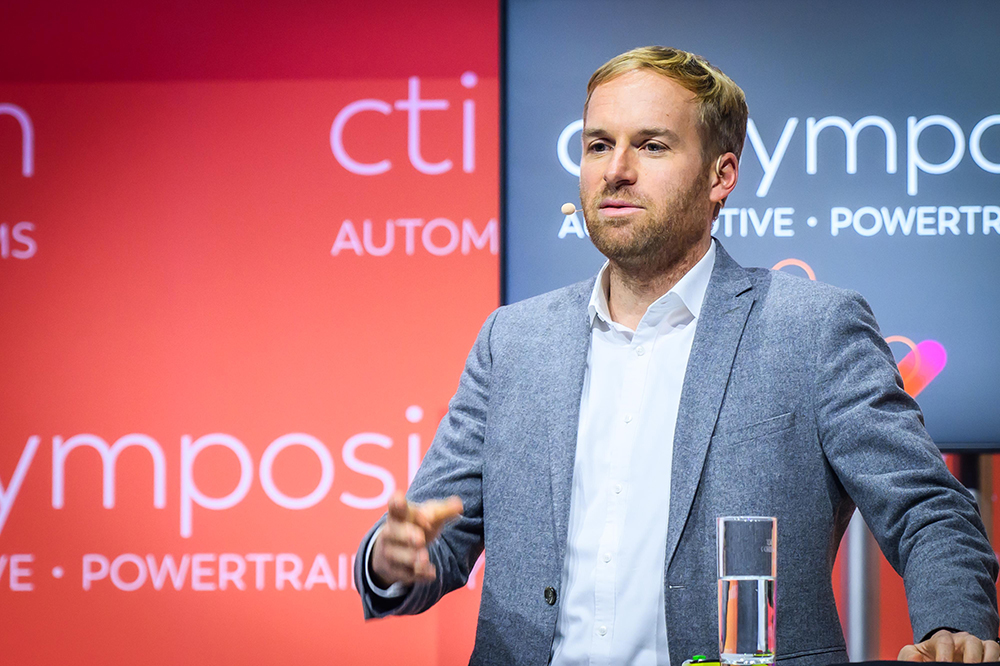
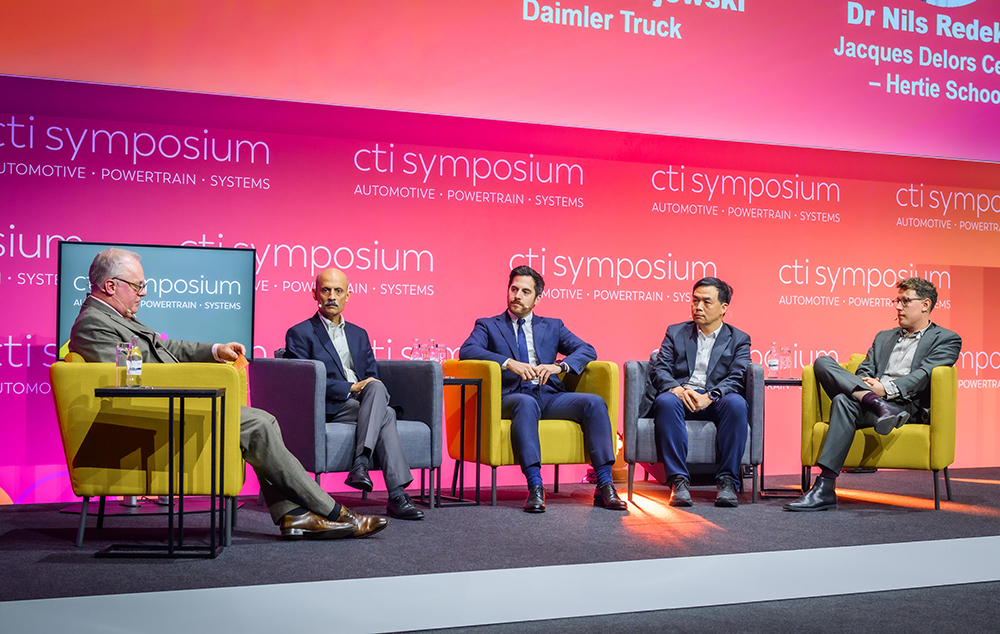

Follow us on LinkedIn
Updates from cti-symposium.world
Strategic Decisions on Non-Core and Loss-Making Business Units
Matthias Müller, Partner Restructuring and Finance, Dr. Wieselhuber & Partner GmbH From Stress to Strength: Restructuring for Financial Resilience of Automotive Suppliers
Continue readingSafe and Sustainable-by-Design: Setting New Standards for EV Coolants
Electrification, including hybrid, battery, and fuel cell electric vehicles (EVs), is driving innovation in powertrain and thermal management systems. Moving away from internal combustion engines is crucial to reducing greenhouse gases, air pollution, and their impact on the climate. With transportation accounting for ~28% of global emissions, reducing its impact is essential to achieving global […]
Continue readingOver 94% Cycle Efficiency Electric Drive Unit: From Ambitious Targets to Validated Reality
How a dual-drive EDU, design-to-CO₂e thinking, and battery innovation converge to deliver <10 kWh/100 km energy demand and >94% system efficiency – ready for vehicle application. Dipl.-Ing. (FH) Wilhelm Vallant, Product and Business Development Manager Transmission & E-Axle, AVL List GmbH
Continue reading